Late Homework
One of my jobs is giving linear algebra recitations at MIT. The most unpleasant aspect of it is dealing with late homework. Students attempt to submit their homework late for lots of different reasons: a sick parent needing help, stress, a performance at Carnegie Hall, a broken printer, flu, and so on. How do I decide which excuse is sufficient, and which is not? I do not want to be a judge! Moreover, my assumption is that people tell the truth. In the case of linear algebra homework, this assumption is unwise. As soon as students discover that I trust everyone, there’s a sharp increase in the number of sick parents and broken printers. So I have the choice of being either a naive idiot or a suspicious cynic. I do not like either role.
Our linear algebra course often adopts a brilliant approach: We announce that late homework is not allowed for any reason. To compensate for emergencies, we drop everyone’s lowest score. That is, we allow the students to skip one homework out of ten. They are free to use this option for oversleeping the 4 pm deadline. If all their printers work properly and they do not get so sick that they have to skip their homework, they can forgo the last homework. Happily, this relieves me from being a judge.
Or does it? Unfortunately, this policy doesn’t completely resolve the problem. Some students continue trying to push their late homework on me, despite the rules. In order to be fair to other students and to follow the rules, I reject all late homework. The students who badger me nonetheless waste my time and drain my emotions. This is very unpleasant.
From the point of view of those students, such behavior makes sense. They have nothing to lose and they might get some points. There is no way to punish a person who tries to hand in homework late and from time to time they stumble onto a soft instructor who accepts the homework against the official rules. Because such behavior is occasionally rewarded, they continue doing it. I believe that wrong behavior shouldn’t be rewarded. As a responsible adult, I think it is my duty to counteract the rewards of this behavior. But I do not know how.
What should I do? Maybe I should…
- Persuade our course leader, or MIT in general, to introduce a punishment for trying to hand in late homework. We might, for example, subtract points from their final score.
- Promote the value of honorably following the rules through discussions with the students.
- Growl at any student who submits their homework late.
- Explain to them what other people think about them, when they do not follow the rules.
Maybe I should just do number 4 right now and explain what I feel. A student who persists in handing in homework late feels to me that s/he is entitled and is better than everyone else, and shows that s/he doesn’t care about the rules and honor. Again, this wastes my time, puts me in a disagreeable position, and reduces my respect for that student.
Earlier I suggested that students don’t have anything to lose by such behavior, but in fact, they do pay a price, even though they may not understand that.
Share: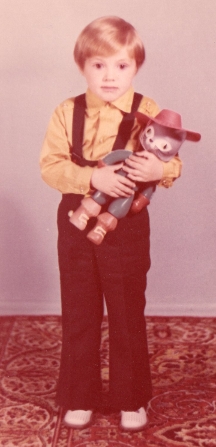 Russians cherish the issues of Kvant, a famous Soviet monthly magazine for high-school students devoted to math and physics. At its peak its circulation was about 300,000, which is unparalleled for a children’s science journal. I still have my old childhood issues somewhere in my basement. But one issue is very special: it has a prominent place in my office. I didn’t receive it by subscription; I received it as a gift from my brother Misha.
Russians cherish the issues of Kvant, a famous Soviet monthly magazine for high-school students devoted to math and physics. At its peak its circulation was about 300,000, which is unparalleled for a children’s science journal. I still have my old childhood issues somewhere in my basement. But one issue is very special: it has a prominent place in my office. I didn’t receive it by subscription; I received it as a gift from my brother Misha.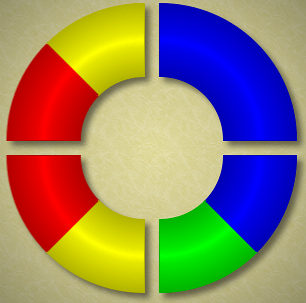
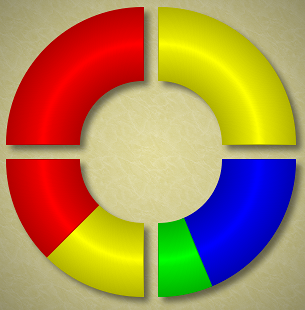
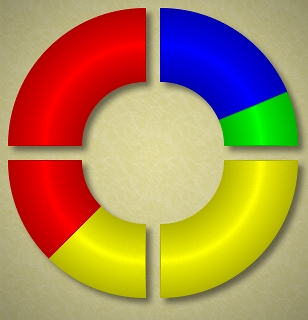
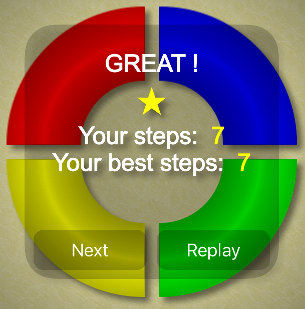

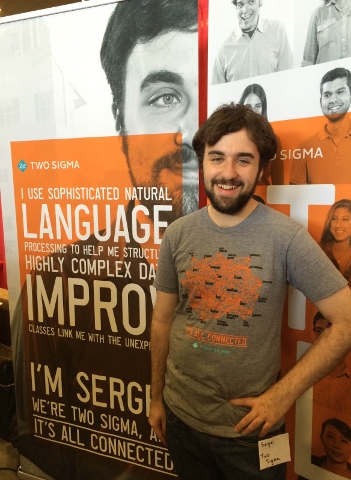 After graduating from MIT, my son Sergei joined
After graduating from MIT, my son Sergei joined